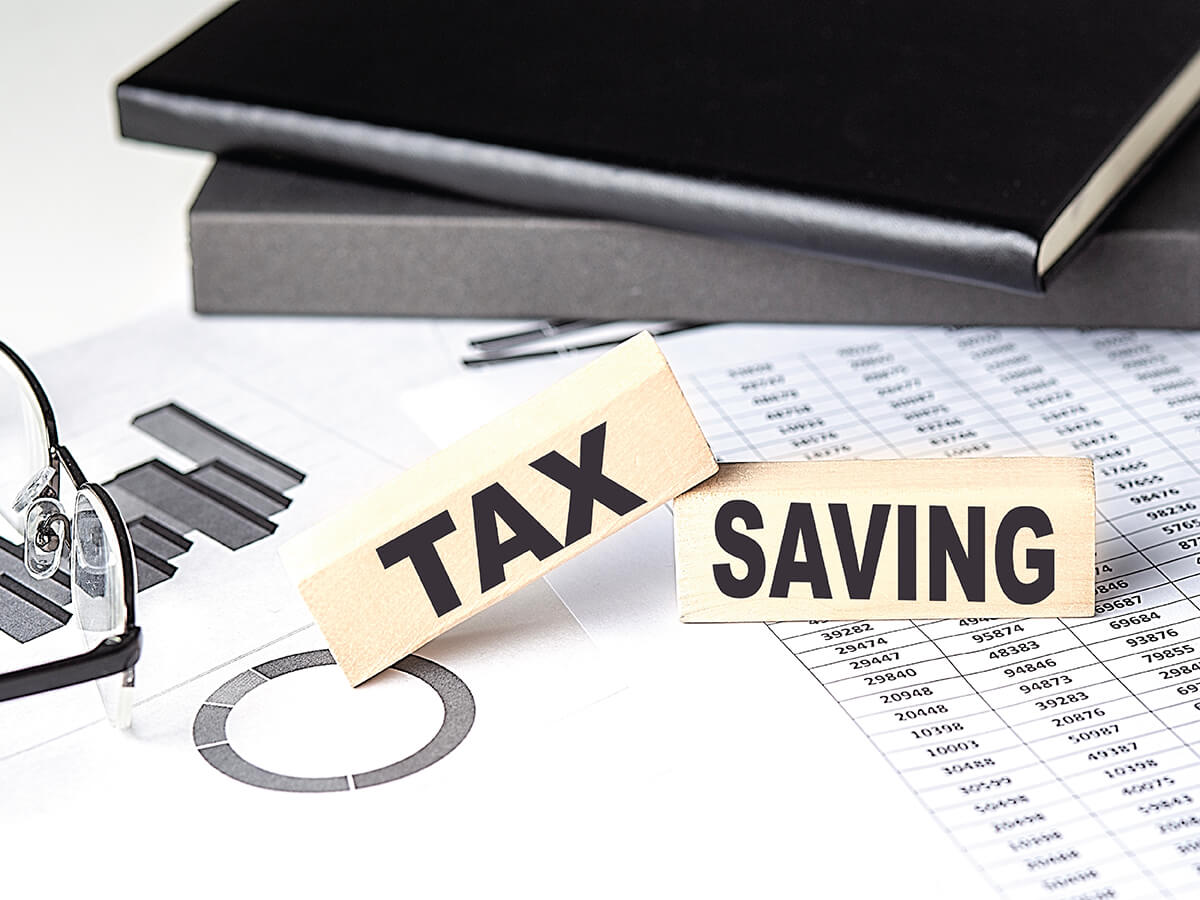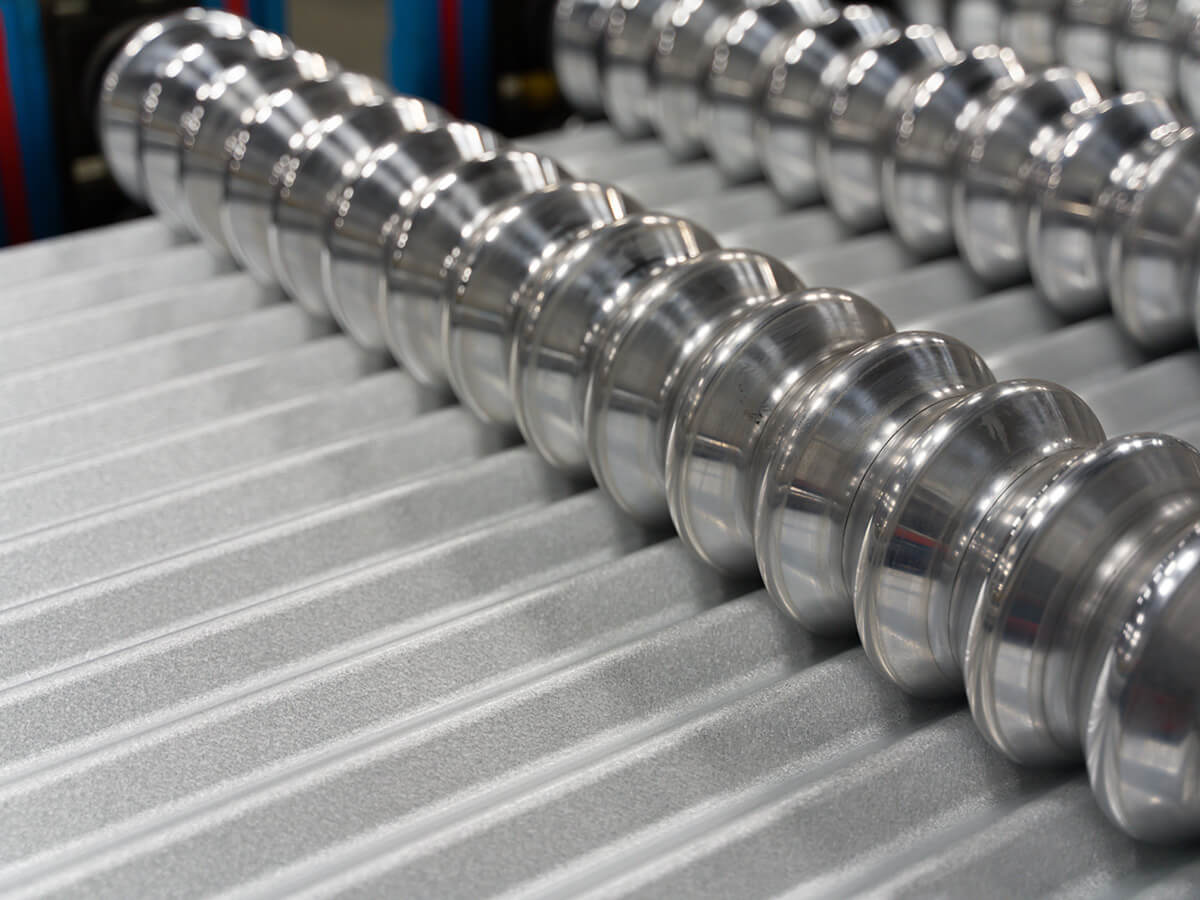When it comes to achieving short-term financial goals, finding the right investment strategy can often be challenging. However, Tax Saving Fixed Deposits (FDs) offer a convenient avenue for minimising tax liabilities while pursuing short-term objectives.
In this guide, we will explore a strategic approach to leveraging Tax Saving FDs to achieve your financial aspirations. From understanding the benefits of short-term fixed deposits and tax saving FDs to optimising tax efficiency, we will cover it all.
Understanding tax-saving FDs
Tax Saving FD provide investors with the dual benefit of tax deductions under Section 80C of the Income Tax Act and assured returns on their investments. These fixed deposit have a lock-in period ranging from 5 to 10 years, making them a secure investment option for individuals seeking stable returns while minimising their tax liabilities.
Assessing investment size and duration
Entrepreneurs should assess their tax liability and determine the optimal investment size in Tax Saving FDs to maximise their tax deductions under Section 80C. This can be done by using a fixed deposit calculator, which helps calculate the maturity amount based on the principal amount, interest rate, and tenure. There are many short-term fixed deposit plans one can choose from.
For short-term goals, it is crucial to align the maturity period of tax-saving FDs with the timeline of your objectives. This ensures liquidity and timely access to funds when needed.
Let's consider an example:
Rahul wants to save ₹2 lakh for a family vacation in three years. He decides to invest in a Tax Saving FD with an interest of 8.1%. Using a fixed deposit calculator, Rahul calculates that he needs to invest approximately ₹1,58,198 to achieve his goal.
Balancing risk and returns
While Tax Saving FDs offer capital protection and guaranteed returns, it is important to consider the trade-off between risk and returns when allocating funds towards short-term goals. Achieving a balance between liquidity and higher FD returns can be done by diversifying your portfolio with a mix of tax-saving FDs and other short-term fixed deposit options such as liquid funds or short-term debt funds.
Here's an analogy to help understand the concept:
Think of your financial goals as different buckets. While Tax Saving FDs provide stable returns, they might not offer the same level of liquidity as other investment options. By diversifying your investments across different buckets, you can ensure that you have access to funds when needed, while still earning reasonable FD returns.
Optimising FD Tax Benefits
Strategically timing investments in Tax Saving FDs can help maximise tax benefits and spread out investments over multiple years, mitigating any liquidity constraints. By investing at the beginning of the financial year, you can plan your tax-saving investments more effectively.
It is also important to stay informed about changes in tax laws and regulations. Regularly monitoring these changes can help you optimise your tax-saving strategies accordingly.
Let's calculate the FD tax benefit using an example:
Suppose Ramesh invests ₹1.5 lakh in a Tax Saving FD with an annual FD interest rate of 8.1%. He falls under the highest tax bracket (30%). By investing in this FD, Ramesh can save up to ₹45,000 on taxes (30% of ₹1.5 lakh).
Additional read: How To Save Tax On FD Interest?
Conclusion
Tax Saving Fixed Deposits offer a strategic tool to achieve short-term financial goals while minimising tax liabilities effectively. By aligning investment strategies with specific objectives, assessing investment size and duration, and optimising tax efficiency, you can leverage tax-saving FDs to realise your financial aspirations.
Remember, achieving your short-term goals requires careful planning and prudent decision-making. Mahindra Finance offers a range of financial solutions that can help you on your journey towards achieving your dreams. Explore our offerings today and take the first step towards securing your financial future.
FAQs:
Q1: Can I withdraw money from a Tax Saving FD before the lock-in period ends?
A: No, Tax Saving FDs have a lock-in period ranging from 5 to 10 years. Premature withdrawal is not allowed during this period.
Q2: How are the returns on Tax Saving FDs calculated?
A: The returns on Tax Saving FDs are calculated based on the interest rate, tenure, and principal amount. You can use a fixed deposit calculator to determine the maturity amount.
Q3: Are the tax benefits available only for individuals or also for Hindu Undivided Families (HUFs)?
A: The tax benefits under Section 80C of the Income Tax Act are available for both individuals and Hindu Undivided Families (HUFs).
Q4. Does fixed deposit give tax benefits?
FD enables tax deduction under Section 80C: Fixed deposits allow tax saving under Section 80C.






















































